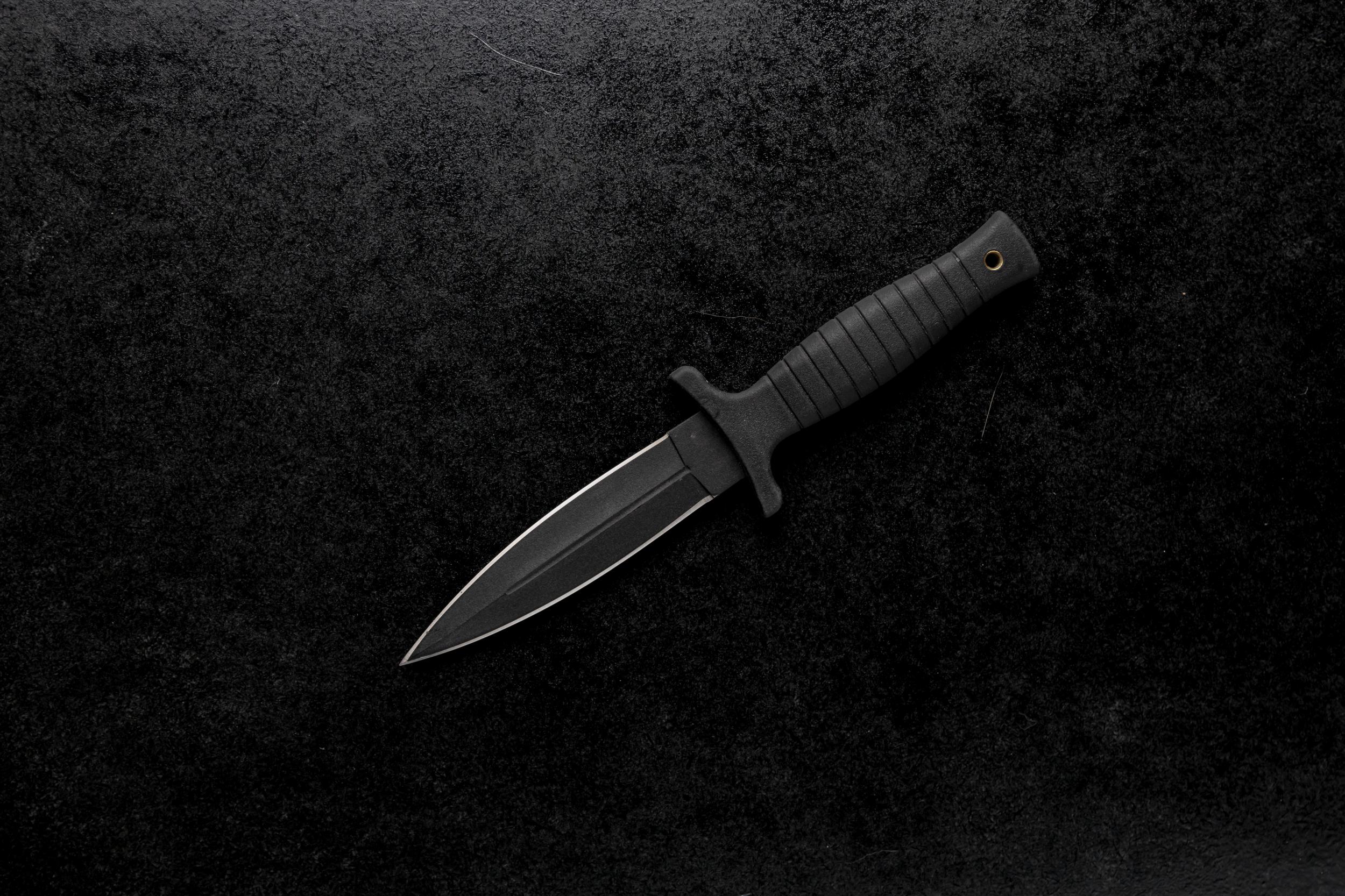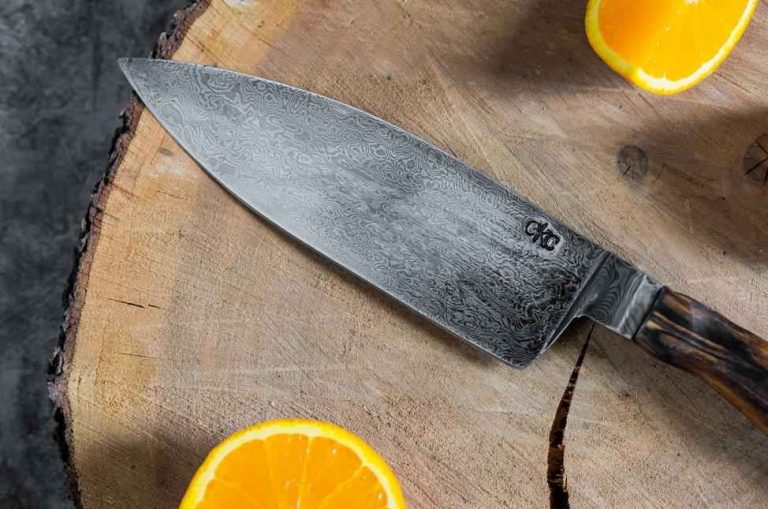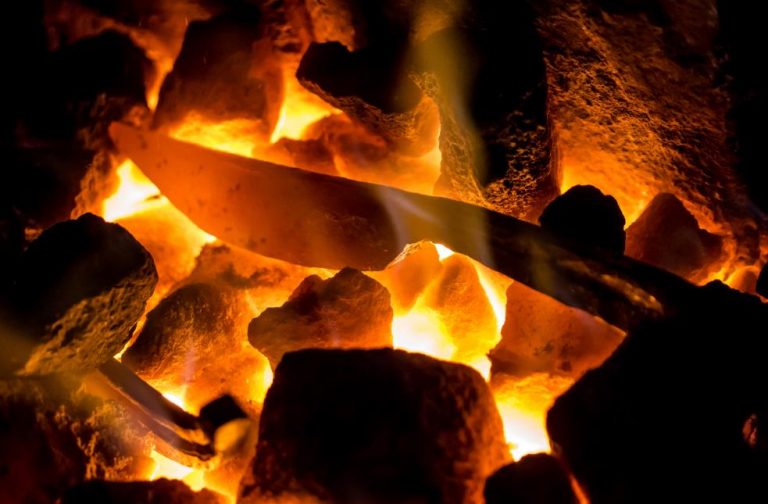Choosing between spear point and drop point blades helps you match the right knife to your customers’ needs. The difference in tip strength, slicing ability, and overall shape can affect how well a knife works for outdoor use, everyday tasks, or hunting. Both blade styles have their own pros and cons, so a clear understanding can boost your sales and improve your product recommendations.
You’ll find that the drop point offers a thicker spine and is often harder to break, while the spear point shines in piercing and detailed cutting tasks. Well-known brands design these blades to meet different real-world uses, making it important to guide buyers.
What Is A Spear Point Knife?
A spear point knife has a symmetrical blade that tapers to a point right in the center. Both sides of the blade usually mirror each other, making the tip very easy to control.This blade shape is often found on both fixed and folding knives. You will also see it on throwing knives because it balances well and allows precise aim. Its design comes from traditional spears used for hunting and combat.
What Is A Drop Point Knife?
A drop point knife is one of the most common and popular blade shapes you will encounter today. You can easily spot it by its convex spine that gently curves downward from the handle to the tip. This creates a sturdy, easy-to-control point and a large belly for slicing and general use.
You will often see drop point knives in hunting and everyday carry (EDC) tools. The design gives you precise control for tasks like skinning or slicing. The spine, or back of the blade, is thicker and provides strength without sacrificing sharpness.
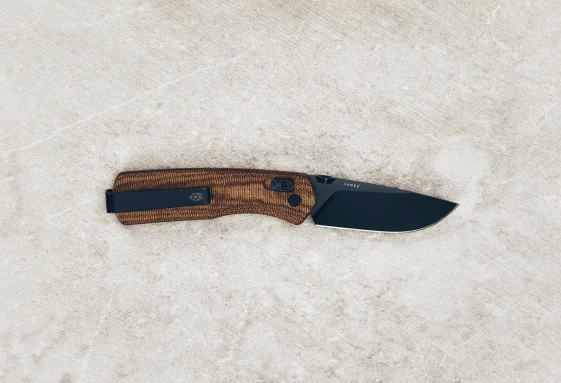
Spear Point Vs Drop Point: Design And Features
Choosing the right blade shape means understanding the key differences in design and performance. Each feature—from the tip to the cutting edge—affects how the knife handles, its strength, and what kinds of cutting jobs it performs best.
Shape
- Spear Point: Features a symmetrical design with straight or slightly tapered spine that’s parallel to the cutting edge. This symmetry contributes to a balanced feel, ideal for tasks requiring equal pressure on both sides of the tip, such as carving or precision cutting.
- Drop Point: Has an asymmetrical shape with a smoothly curved, descending spine from the handle to the tip. The cutting edge curves upward to form a pronounced belly, which maximizes contact area with materials during slicing and skinning.
Tip
- Spear Point: Sharp, narrow, and needle-like, centered along the blade’s axis. Its thin profile allows for deep, precise piercing, but this thinness makes it vulnerable to damage when used for heavy-duty tasks like prying.
- Drop Point: Blunter, thicker, and more robust, positioned lower and closer to the cutting edge. The added thickness from the gradual tapering of the spine enhances durability, resisting bending or breaking under pressure, though it’s less effective for deep piercing.
Cutting Edge
- Spear Point: Straight or gently curved with minimal belly. This straight edge provides stability for precise cuts, such as in scoring or detailed carving where a consistent cutting line is necessary.
- Drop Point: Boasts a pronounced belly, curving upward from the handle to the tip. This belly is designed to enhance slicing efficiency, making it perfect for tasks like skinning, opening packages, or cutting rope.
Buy Wholesale Knives and Start Scaling up with Us Today
Contact us and connect with a sales rep to get a free quote.
Spear Point Vs Drop Point: Pros And Cons
Choosing between spear point and drop point blades depends on your needs. Each shape brings specific strengths and weaknesses that matter to sellers and customers alike.
Pros
Spear Point
- Superior Piercing Power: The sharp, centered tip penetrates deeply and accurately—ideal for tasks requiring precision puncturing.
- Symmetrical Aesthetics: Visually balanced, especially in double-edged form, making it popular for collectibles and ceremonial knives.
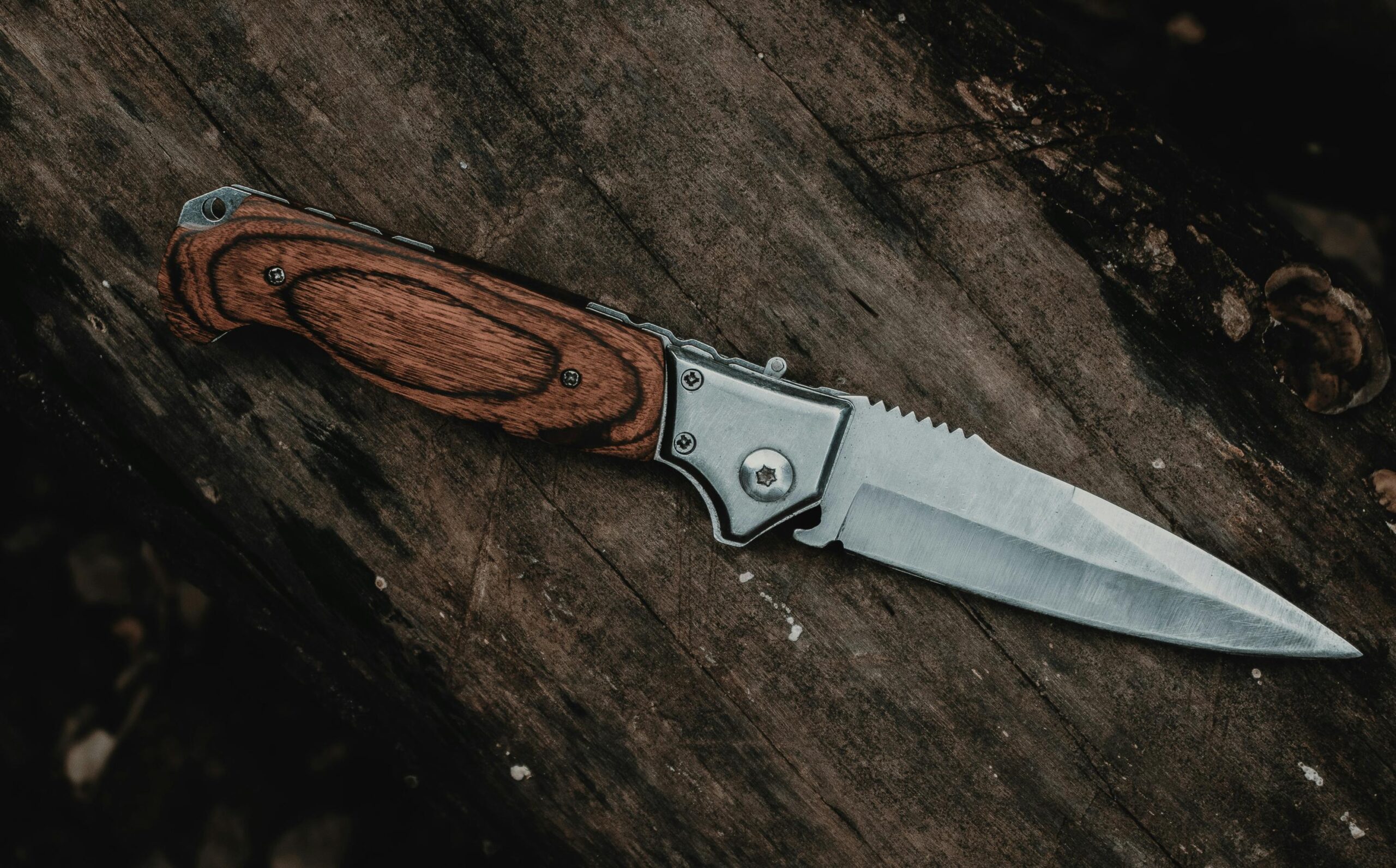
Drop Point
- Ultimate Versatility: Excels at slicing, skinning, chopping, and general cutting—making it a “do-it-all” blade.
- Durable Tip: The thick, blunted tip resists breaking, even under heavy use.
Cons
Spear Point
- Limited Versatility: Poor at slicing or skinning due to its minimal belly.
- Fragile Tip: The narrow, sharp point is prone to chipping or breaking under heavy pressure (e.g., prying or chopping).
Drop Point
- Mediocre Piercing Power: The blunted tip is less effective for deep, precise piercing compared to a spear point.
- Less Balanced Aesthetics: Some find the asymmetrical spine less visually appealing than a symmetrical spear point.
Spear Point Vs Drop Point: Uses And Applications
Spear point and drop point blades are two of the most used styles found in knives. Each has special features that make it better for certain jobs, from self-defense to hunting and even daily tasks.
Spear Point
- Fine Piercing Tasks: Its sharp, centered tip makes it ideal for piercing tough materials—think leather, canvas, or even bone. This is why it’s common in tactical and self-defense knives.
- Traditional & Ceremonial Use: Double-edged spear points are often found in daggers, where their balanced look and historical aesthetic are valued. They’re also popular in collectible knives for their classic appeal.
Drop point
- Hunting & Skinning: The curved belly glides through flesh and hide, making it perfect for field dressing game or skinning animals. The blunted tip avoids puncturing organs accidentally.
- Everyday Carry (EDC): Its rounded tip reduces the risk of damaging pockets, bags, or gear, while the belly handles daily tasks like opening packages, cutting rope, or preparing food.

Conclusion
Choosing between a spear point and a drop point blade depends on what you need in a knife. Both shapes have special features that can match different uses in the kitchen, outdoors, or even in a shop.
Drop point blades are known for their strength and curved edge. This shape gives you better control for slicing and makes it easy to cut meat or process game. The thicker tip adds durability, making them less likely to snap—even with heavy use.
On the other hand, spear point blades are often symmetrical, with a point along the middle line of the blade. This design allows for precise piercing and even cuts. Many people use spear points for throwing, survival tools, and detailed slicing.
As a seller, you want to offer options that meet different customers’ needs. Knowing these basic features will help you answer questions and match the right blade to the right buyer.
If you want to learn more or need a partner to help you request a free quote for wholesale, OEM, or private label knife sourcing from China, reach out today.
Frequently Asked Questions
How do drop point blades perform in everyday carry and utility tasks?
Drop point blades have a curved edge and a strong tip, which make them great for general use. You will find them common on folding knives that people carry every day. The large belly of the blade helps with slicing tasks, like cutting rope, food, or cardboard.
Their thick spine helps with durability and reduces the risk of breaking when prying or twisting. For these reasons, many utility knives and work knives, including several bowie knife designs, use a drop point shape.
What advantages does a spear point provide for self-defense scenarios?
Spear point blades have a symmetrical design with a tip that sits in line with the center of the blade, similar to a dagger knife. This design is ideal for thrusting and piercing, which is helpful in self-defense situations. The fine tip makes it easy to punch through materials with less effort.
Spear points also tend to have less belly, making them less suited for slicing than drop points or sheepsfoot knives. However, if your main need is effective piercing, spear points such as those found on some throwing knives are a good match.
Which is better suited for hunting: a drop point or a spear point blade?
For hunting, drop point blades are generally preferred. The long, curved belly is perfect for skinning animals, and the strong tip helps avoid accidental punctures of organs. This reduces the risk of wasting meat. Many hunting knives feature this blade style for those reasons.
Spear point knives can be used but are more pointed and less curved, making them less efficient at slicing and skinning. If you are looking at specific knife types, drop points outperform options like the serrated knife or clip point knife in controlled field dressing tasks.
